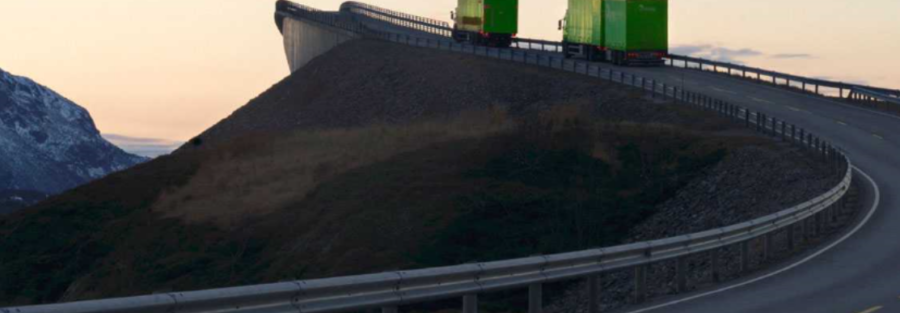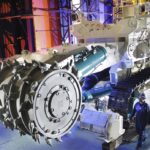How ESG* analysts should think – Is on-line shopping in Europe dependent on modern slavery?
Listening to the Norwegian radio this morning, I heard a Romanian truck driver had sued the Norwegian transport company Bring Trucking for being underpaid and that the court case is now coming up in Denmark, starting today. This case has apparently been going on for some years.
He had been hired on a Slovakian salary in a Slovakian subsidiary of Bring, and was driving a truck mainly in the Nordics and some in Northern Europe. From the radio report he was flown into Denmark where the truck was waiting.
His salary was 5 000 Danish kroner a month, that is around 650€ a month. Plus some food compensation. You cannot live on this in the Nordics.
And hear this, the company is owned by… the Norwegian state.
Add to this what I see with my own eyes when traveling on the high ways, truck drivers living in their truck having a «kitchen» in the box under the trailer; gas cooker, etc. Yesterday I saw a group of truck drivers in the truck’s loading space with a table standing around it having dinner together, back door open. It was raining and 10 degrees Celsius.
The cheap transport is very important for e-commerce and on-line trade. As a side track, an important environmental topic is all the return transport we create when we order 2 or 3 different sizes or add two other items as it is cheap and simple to return. The famous «Try it at home» concept. This creates very unnecessary road transport and pollution.
But this is not my main point here.
The main point is modern slavery. Salaries at a fraction of the local unionised truck drivers and working and living in truly bad and humiliating conditions?
Are we, you and I, ready to accept this form of modern slavery for the cheap transport it gives us? We already buy fair trade coffee in other parts of the world, but what happens right outside our own door does not seem to be always fair trade?
As an ESG analyst daily practitioner, I see that many companies are improving with initiatives on the Environmental (E) side of the ESG topics (or CSR from the companies’ perspective). But the work done on the supply chain’s Social (S) factors is often very shallow. And for a reason, many companies «benefiting» from a cheap international labour force relative to local salaries are well aware of this and prefer not doing anything about it as this will cost them money.
This is a growing concern for ESG analysts and is brought on the table in engagement processes when we discuss with companies. This Romanian driver is just one example and it is very interesting as it happens at home in the Nordics. But the supply chain of many companies have serious lack of transparency on E and S. For companies being able to give us transparency it is to their advantage and it will be good for their ESG score. For the others there will «always» be a suspicion that the company prefers not talking about it because they prefer it to stay in the shadow. Some examples here are suppliers in emerging markets of rare earth metals often stemming from dirty mining in inhuman conditions (very important for the electrification as used in magnets that are used in generators and electrical engines), of labour intensive goods in bad human conditions, etc.
There are two angles to this
· The moral angle, is this right? Do you as a consumer wish to take part in this? This is the focus of the consumers, you and I, and should also be the focus of the buyers of the transport services. It is also the focus of Impact investors based on UN SDGs (United Nations Sustainable Development Goals).
· The sustainable angle, can a company with this kind of business model survive in the long run with this kind of ESG risk? And do we as investors wish to be exposed to this risk? This is the focus of the ESG analyst and portfolio managers.
At the end, the company should take both the above aspects into account and take action. At least to get my “approval” as an ESG analyst.
It will be very interesting to see how this court case will end.
Maybe all activity including transport services should give the buyer a box to tick off to ensure that the buyer does not take part in this modern slavery. The same way you can tick off a box for carbon emission compensation.
It is really time to make the ESG analysis complete, it is as much about S and G as the E. Do not fall in the trap thinking that a company being good on E is also good on S and/or G. And the supply chain must also be included in a proper ESG analyse.
See also the Leicester situation highlighting the “silent acceptance” of modern slavery.
*ESG Factors – Environmental, Social and Governance




